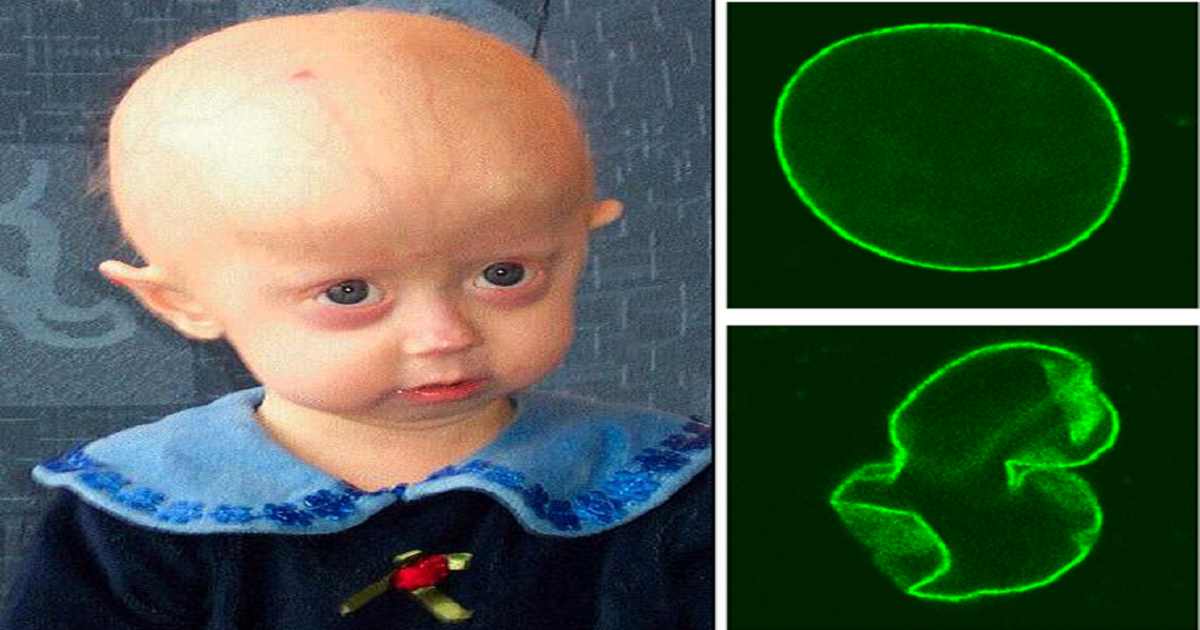Diagnosing and Treating An Extremely Rare Genetic Disease: Progeria
LabRoots | March 06, 2018

An extremely rare genetic disease that causes accelerated aging and heart disease has been little studied, largely due to a lack of relevant animal models. But now, scientists from the Centro Nacional de Investigations Cardiovascular introduce the first mice genetically modified to illustrate atherosclerosis in the context of this rare disease, progeria, also known as Hutchinson-Gilford syndrome (HGPS). Less than 400 people in the entire world have progeria. The disease is caused by a mutation in the LMNA gene, which produces a protein called Lamin A. This is a protein responsible for providing a foundation for holding a cell’s nucleus together. When Lamin A production is disrupted, the nucleus becomes unstable, which leads to premature aging characteristic of progeria. There is no effective treatment for this rare disease.